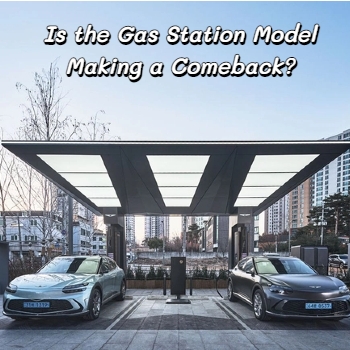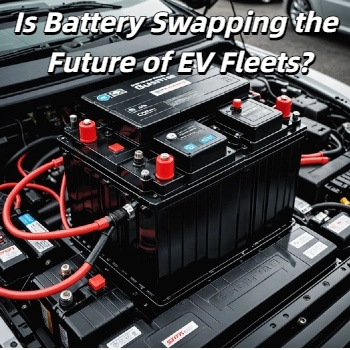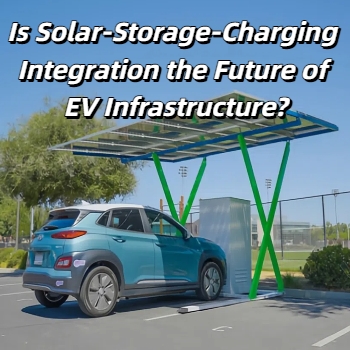Sep 29, 2025
With the rapid growth of electric vehicle ownership, the construction of charging infrastructure has entered a new phase of expansion. Traditional stand-alone chargers are gradually evolving toward solar-storage-charging integration, addressing peak demand pressures while supporting the transition to clean energy.
❓Why Is Solar-Storage-Charging the Future of the Industry?
Under the backdrop of EV adoption and carbon neutrality goals, the charging industry faces a key challenge: how to enable clean energy use while reducing grid dependency. A solar-storage-charging system integrates photovoltaic generation, battery storage, charging, and distribution into one solution. This enables self-consumption, surplus power feed-in, and peak-valley energy shifting, greatly improving energy utilization efficiency and offering both economic and sustainable benefits.
🎉Product Highlights: Modular & High-Efficiency Design
The new FES Power ESSC-HY5-EV7-BAT5 all-in-one solution combines PV inverters, storage management, and EV charging. Key advantages include:
⭐️Modular Scalability: Supports up to 6 battery modules, expandable to 30.72kWh, meeting residential, commercial, and public charging needs.
⭐️High Conversion Efficiency: Inverter efficiency up to 98% and MPPT efficiency of 99.9%, maximizing solar energy utilization.
⭐️Quick Installation: Compact design enables independent assembly within 20 minutes, reducing deployment time and cost.
⭐️Smart Control: Supports APP, RFID card, plug-and-charge, and scheduled charging, with 24/7 real-time monitoring for enhanced user experience.
⭐️Safe & Reliable: Equipped with LiFePO₄ batteries, IP65 protection, and natural cooling design to ensure durability and safety.
📈Market Trends & Application Scenarios
Solar-storage-charging systems are well-suited for residential homes, commercial complexes, industrial parks, highway service stations, and public parking areas. By reducing reliance on the grid and alleviating peak load challenges, they play a crucial role in merging distributed energy with transportation electrification.
Industry forecasts suggest that in the next five years, integrated solar-storage-charging stations will become the mainstream in EV infrastructure development. They represent not only a step toward carbon neutrality but also a key to enhancing EV charging experience.
🧾Conclusion
The launch of the FES Power Solar-Storage-Charging Integrated System reflects the company’s commitment to innovation in green energy solutions. More than just a charging device, it is a vital link in the ecosystem connecting renewable generation, energy storage, and sustainable mobility. As demand grows, solar-storage-charging integration is set to become a driving force for clean energy and smart transportation.Please click the website to learn more
👋 https://www.fescharging.com/
Read More



